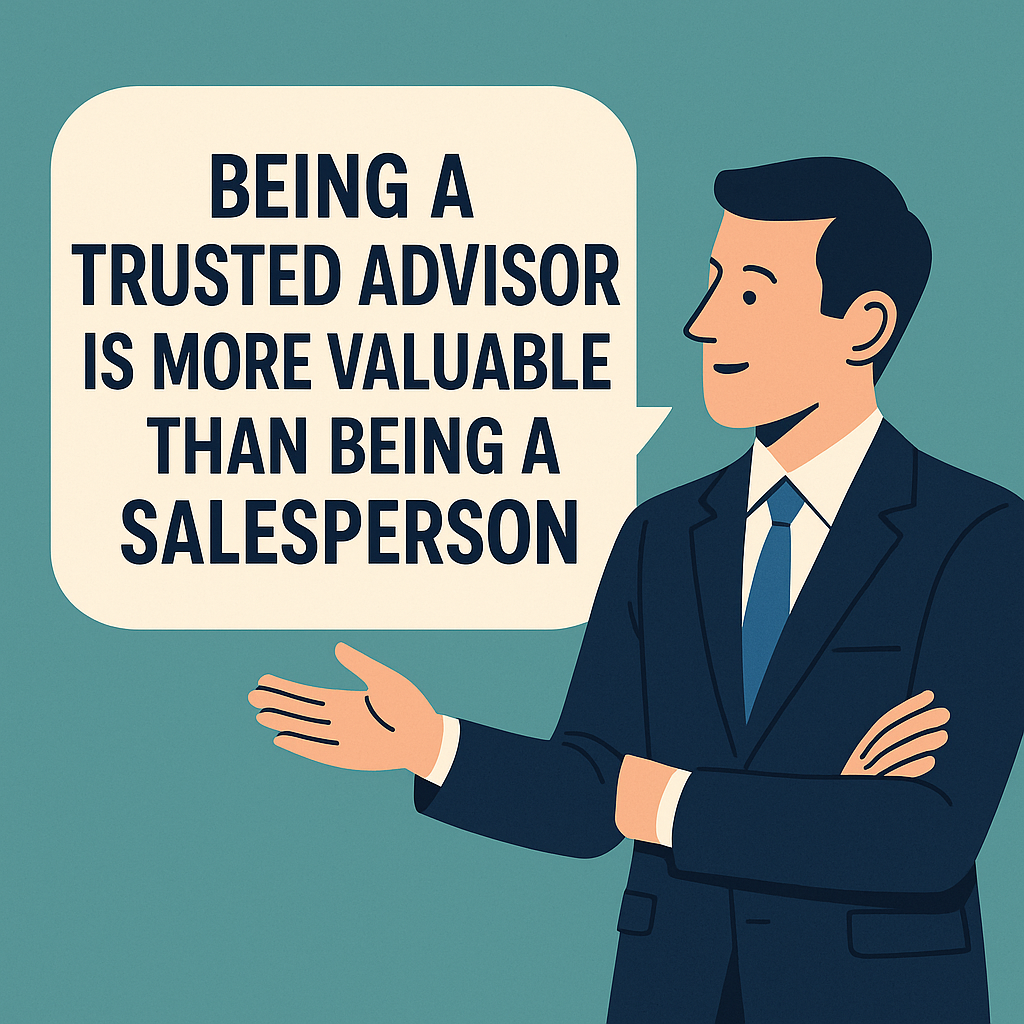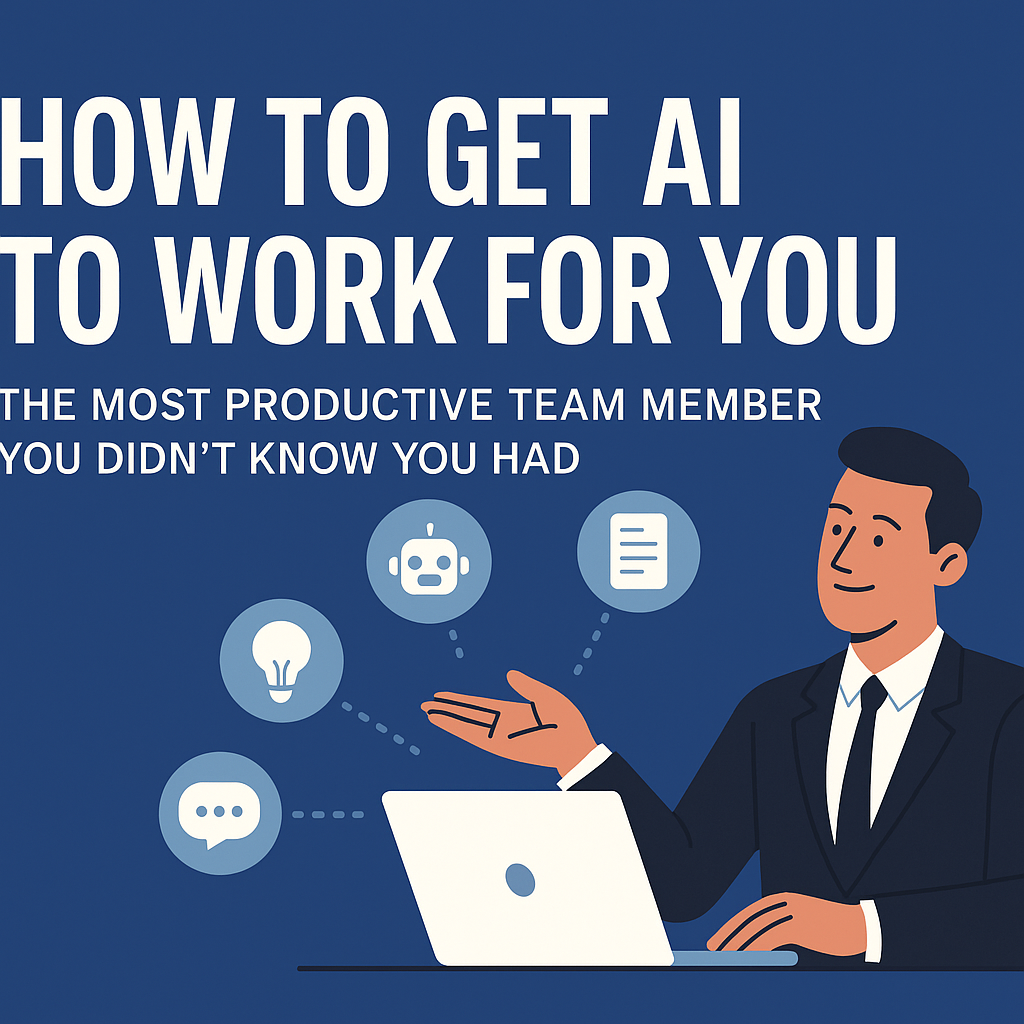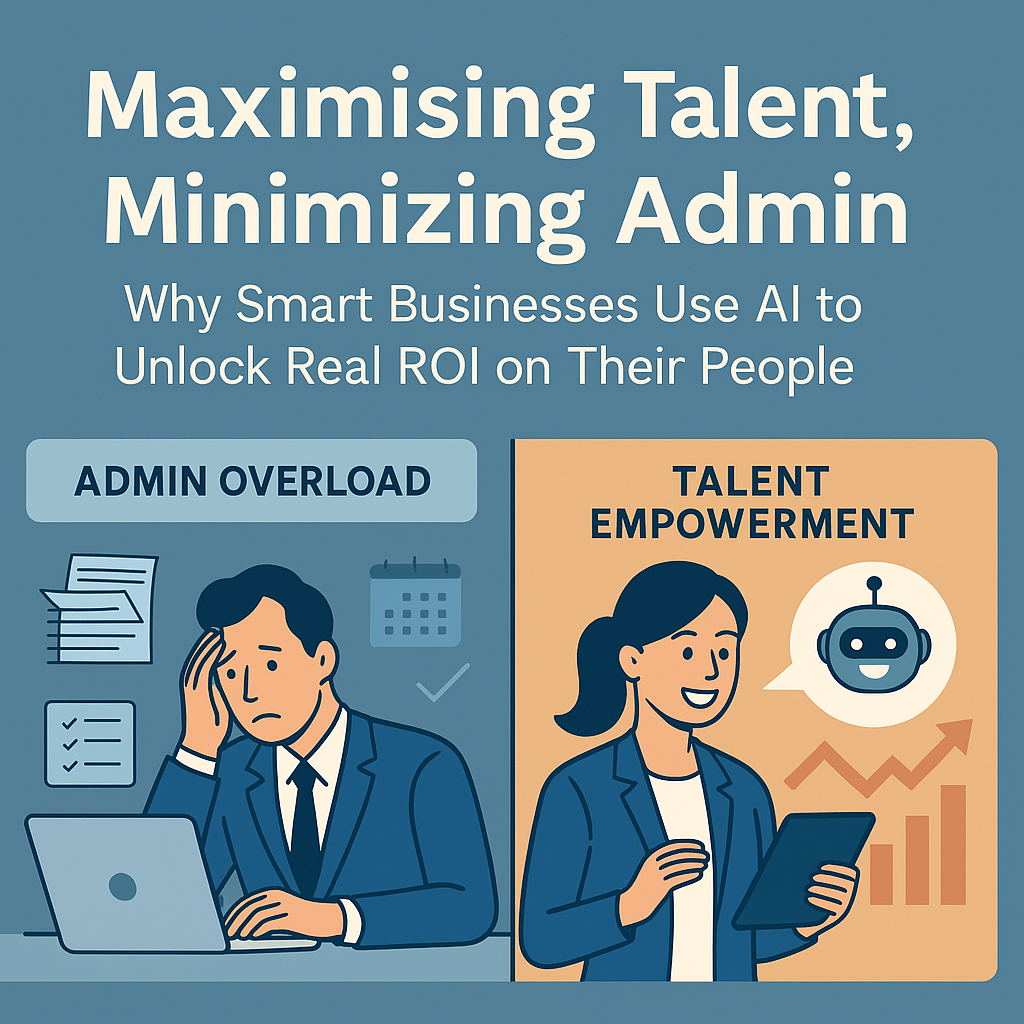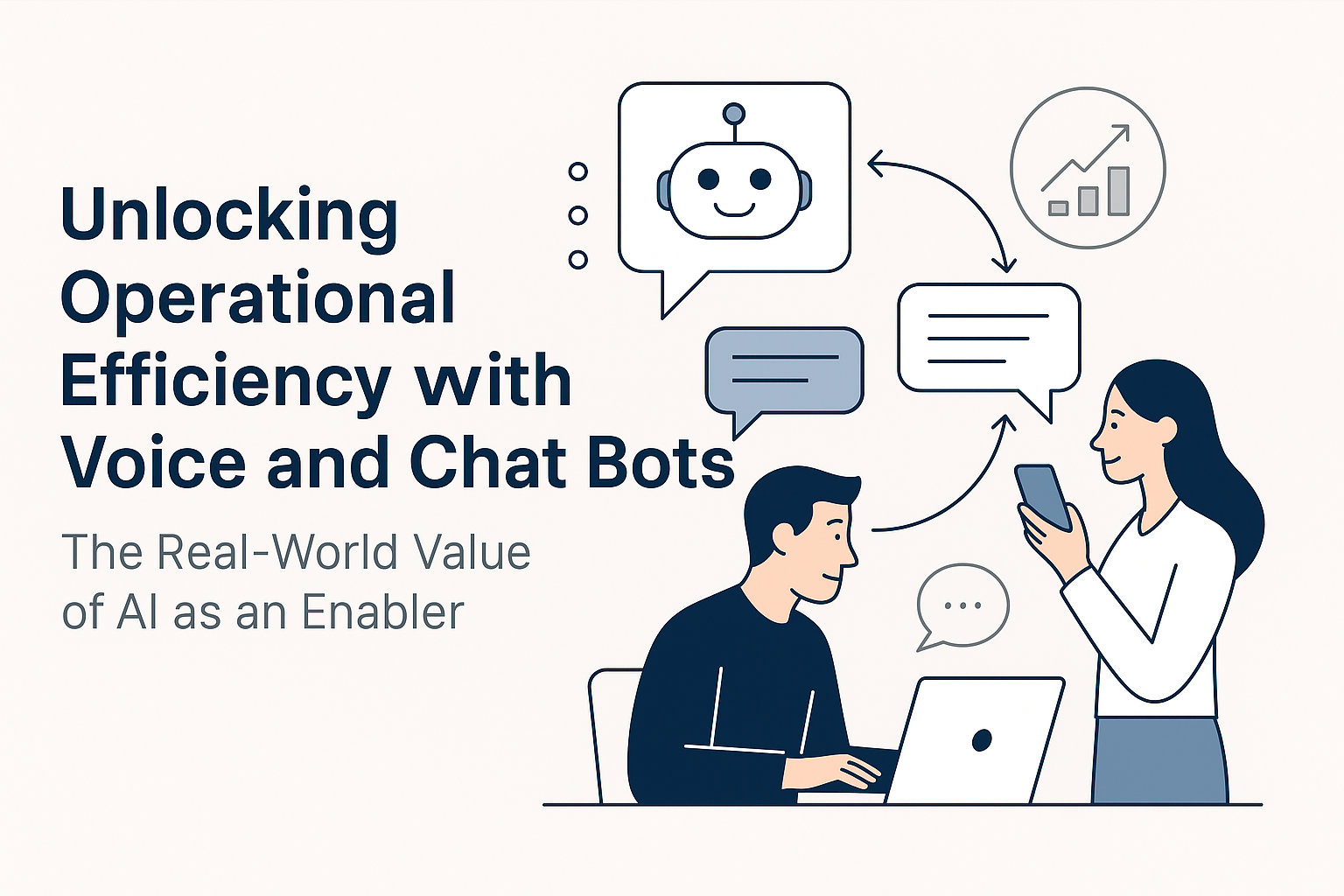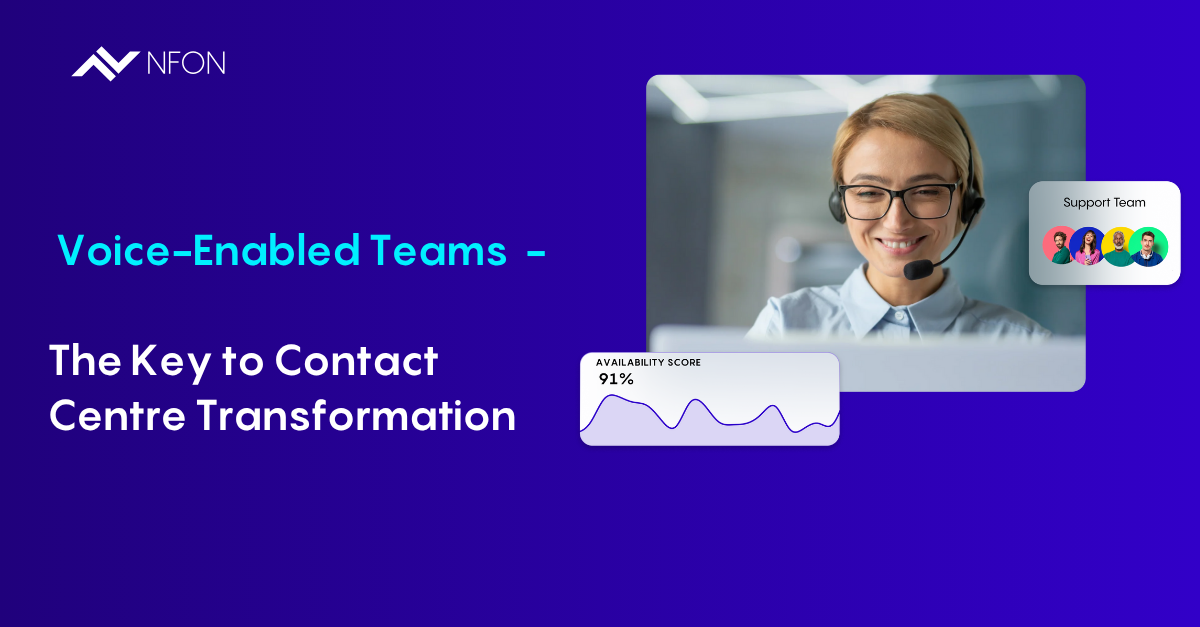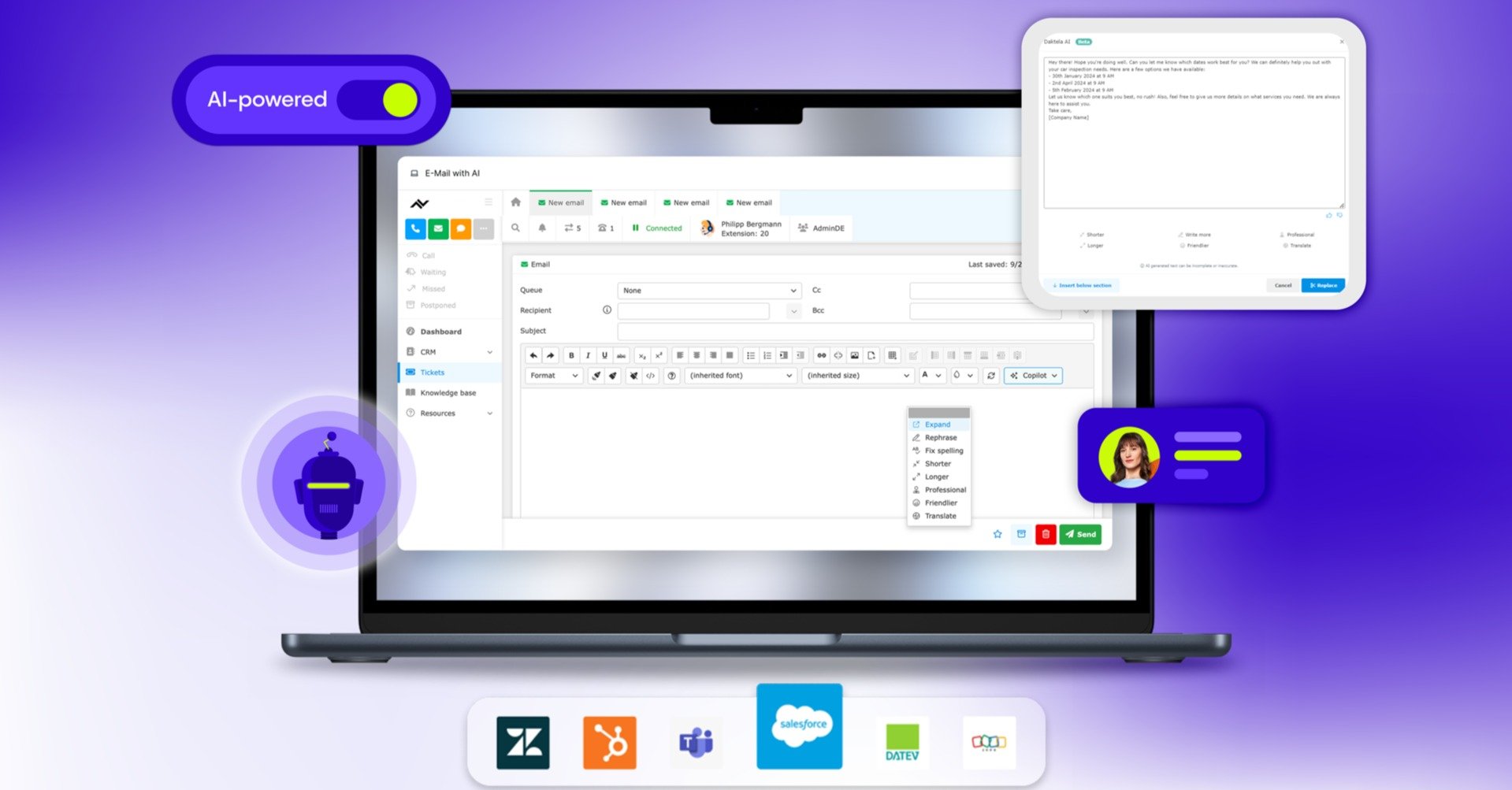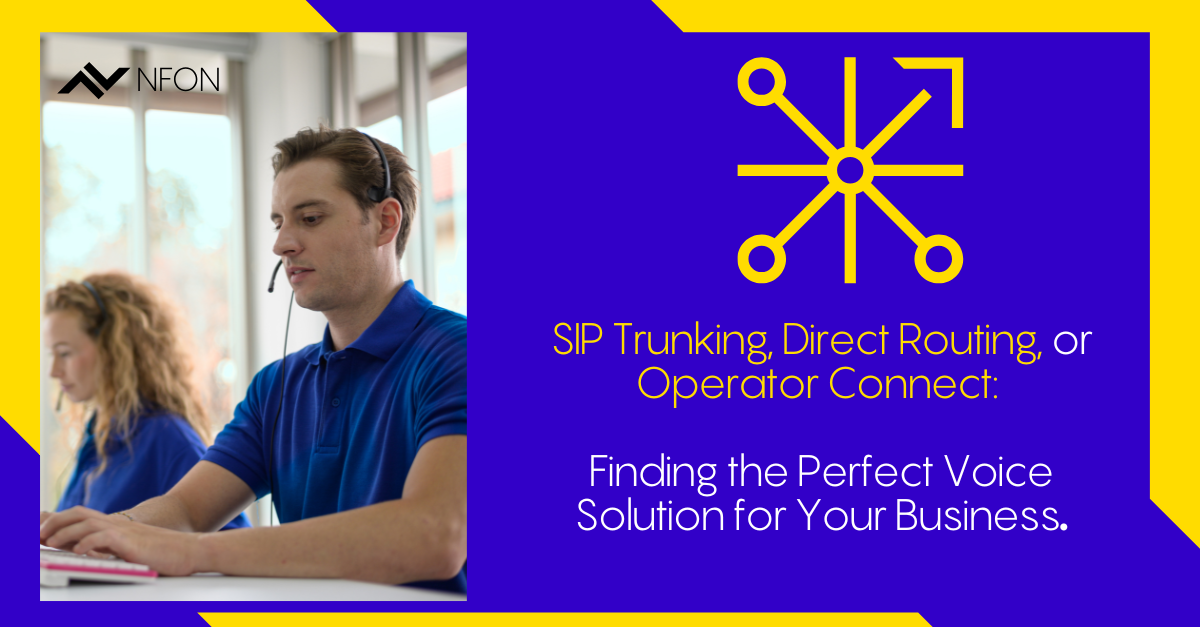This shift is especially challenging—but also especially powerful—in product-heavy businesses, where sellers often lean on feature lists and pricing to differentiate. So how do you pivot your sales culture from transactional to consultative? And more importantly, how do you bring your people along with that change?
From Salesperson to Trusted Advisor: The Core Difference
|
Salesperson |
Trusted Advisor |
|
Focuses on closing deals |
Focuses on solving problems |
|
Talks about products |
Talks about outcomes |
|
Reacts to needs |
Anticipates needs |
|
Pushes solutions |
Guides decisions |
|
Wins short-term revenue |
Builds long-term loyalty |
Pros and Cons of Each Approach
✅ Trusted Advisor – Pros
- Higher customer lifetime value
- Improved retention and referrals
- Stronger differentiation in crowded markets
- Reduced price sensitivity
- Opens the door to strategic conversations
❌ Trusted Advisor – Challenges
- Longer sales cycle
- Requires industry expertise and training
- Doesn’t always align with short-term metrics
✅ Salesperson – Pros
- Easier to train and scale quickly
- May deliver fast wins in high-volume environments
- Aligned with activity-based KPIs
❌ Salesperson – Cons
- Commoditised relationships
- Easier to lose on price
- Lower loyalty and fewer strategic opportunities
How to Get Your People on Side with the Mindset Shift
Making the shift to trusted advisor selling requires more than training—it’s a cultural transformation. Here’s how to make it stick:
🧭 Define the Vision Clearly
Explain why this shift matters. Use real customer feedback, win/loss analysis, or industry data to show how buyer behaviour has changed—and how sellers who guide and educate are more successful.
Tip: Share examples where a consultative approach won a deal—or where a product-focused pitch lost one.
🤝 Make It About Empowerment, Not Replacement
Reassure your team this isn’t about abandoning sales—it’s about making them even more valuable. Position it as a career progression, not a change in job title.
“You're not just here to sell—we’re trusting you to lead.”
🎯 Align Incentives
If your KPIs only measure activity and revenue, they’ll undermine the behaviour change. Include metrics like:
- Opportunity-to-win ratio
- Repeat business
- Account growth
- Customer feedback scores
📚 Invest in Enablement
Equip your team with:
- Discovery frameworks
- Industry insights and trends
- Value-selling playbooks
- Use-case stories and ROI calculators
Tip: Pair salespeople with subject matter experts on complex calls to build confidence and learning.
🧠 Coach to Curiosity
Encourage reps to ask better questions. Move beyond product qualification into areas like strategic goals, internal challenges, and business context.
Example questions:
- “What’s driving this project?”
- “How will this impact your team’s day-to-day?”
- “What happens if you do nothing?”
🚀 Celebrate Wins Differently
Highlight and reward examples where sellers led with value, not volume. Share stories where the rep acted as a guide, uncovered unseen challenges, or recommended not buying yet—and still earned the customer’s trust.
Objections & How to Tackle Them
💬 “We have too many products to focus on ‘advice’.”
Reframe: Your depth becomes your toolkit—not your pitch. The right product, at the right time, based on the right insight, is how you win.
“Our breadth means we can offer tailored solutions—not one-size-fits-all bundles.”
💬 “Customers just want to buy.”
Challenge: Customers may think they know what they need. But advisors help them make better decisions, avoid mistakes, and find hidden opportunities.
“Even confident buyers value reassurance from someone who knows the market inside-out.”
💬 “We don’t have time to build trust.”
Reality: You’re already spending time on discovery—make it smarter. Trust is built through relevance, not repetition.
“A well-placed question or insight can do more for trust than three follow-ups.”
For Product-Heavy Businesses: 5 Practical Tips
- Reframe Features as Benefits
Don’t just say what a product does—say how it helps the customer win. - Create Solution Bundles by Outcome
Align offerings with business goals (e.g. “Customer Retention Toolkit” vs “Contact Centre Suite”). - Arm Sales with Industry Trends
Equip reps to speak the customer’s language, not just your product’s. - Introduce a Pre-Sales Consultant Role
Let product experts support consultative discovery without overwhelming sellers. - Make Post-Sale Support Visible
Show customers they’re entering a partnership, not just a transaction.
Final Thoughts
Customers don’t just want to buy—they want to buy smart. They want to trust the person across the table. They want a guide, not a pitch. That’s why being a trusted advisor isn’t just a better way to sell—it’s a better way to grow.
By shifting your team’s mindset, enabling them with insights, and measuring what matters, you can turn even the most product-heavy sales environment into a loyalty-building machine.
